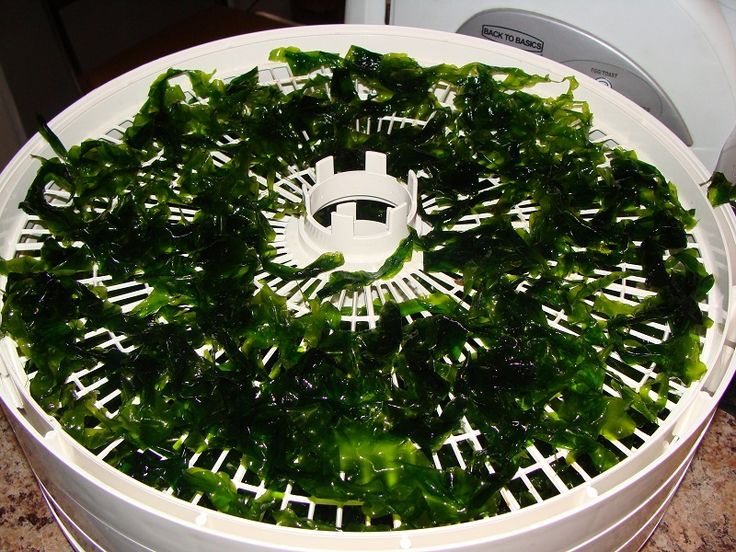Soybeans
The reason that we’re listing soybeans as the first biofuel crop to grow in a survival situation is because you can actually use the pressing process to extract an edible form of highly nutritious protein. That’s right – while making fuel, you’re also making a highly desirable survival product, as well.
One of the biggest problems with growing crops for biofuel in a survival situation is that you’re going to need the land to grow food. That’s the obvious priority; you’re not going to need fuel if you starve to death.
Soybeans yield about 48 gallons of oil per acre though there is some new technology coming out that involves double pressing that may double the yield.
Algae
Yep, algae. There are a couple of reasons why algae is a good crop to grow for biofuel in a survivalist situation.
First, you don’t have to use land that’s good for growing food so your fuel crop isn’t competing with your food crops. You can use ponds, swampland, or set up your own tanks and grow it wherever you’d like.
Algae is also fairly easy to grow and process compared to seed crops and the actual process of growing it makes CO2, a component of methanol that you’ll need to produce in order to make your own biofuel for survival.
The final bonus? Algae yields 10,000 gallons of oil per acre if grown in an open pond! That’s a lot of oil from land that you wouldn’t be using from anything else!
Switchgrass
Switchgrass is the wave of the future in biofuel if you ask some researchers.
It can be grown on marginal land that you probably won’t use for farming so you’re not using crop space to grow fuel products. It can grow in a variety of soils and is a perennial, so you only have to plant it once. It will regrow during warm weather for 10-20 years.It grows best in well-drained soil with a pH of 5.0 and higher of medium fertility.
Switchgrass is a great crop for biofuel in a survivalist scenario because it has a high cellulosic content and yields about 500 gallons of ethanol per acre.
Do you know of any that we forgot to mention? We would love to hear your thoughts.
